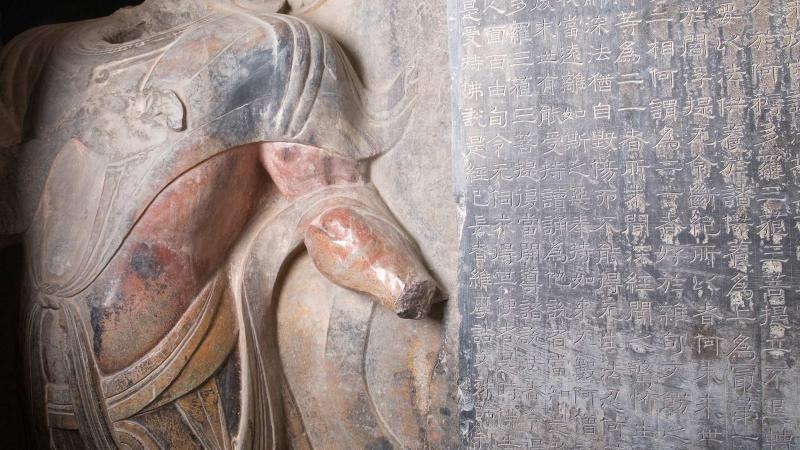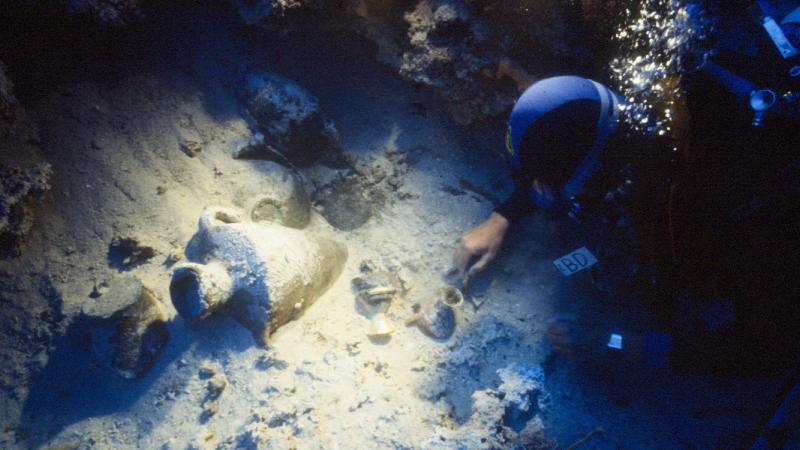When the Internet was new, it was more morass than information superhighway: slow, ugly, and of debatable value in the classroom. Instructors’ guides warned of students frustrated by the complexities of online research and teachers bingeing on useless chat rooms. When President Bill Clinton announced EDSITEment in 1997, NEH’s answer to the Web’s educational question, he said, “we must make sure that once our children can log on to the Internet they don’t get lost there.”
For 17 years, EDSITEment has been doing just that: Bringing “the best of the humanities on the web” together for the benefit of K–12 teachers and their students. It began when NEH with the National Trust for the Humanities formed a partnership with the Council of the Great City Schools and MCI Telecom and then with the Verizon Foundation under Thinkfinity. From a modest collection of 20 peer-reviewed websites—which included the still-impressive American Memory Project from the Library of Congress and the Detroit Institute of Arts’ online galleries—EDSITEment has grown to embrace more than 400 online resources, 500 lesson plans, a blog called “Closer Readings,” and a variety of student-geared educational games and apps.
“We don’t use the Web the same way that we used to,” says EDSITEment’s director, Carol Peters. “Things are moving more and more towards apps, and teachers are looking for resources that will help them make movies, make websites, and interactives.” Reflecting these trends, EDSITEment’s latest additions include Mission US, a series of American history games developed by WNET, and an app from the National Park Service that allows users to explore Fort Vancouver, the nineteenth-century headquarters of the Hudson Bay Company’s Columbia Department.
For Peters and her team, social media is key to staying abreast of the latest developments in teaching and technology. “We are constantly watching our audience to see what they are doing, how they’re using these resources in the classroom, in the curriculum,” says Peters. “You can learn a lot about your audience from what they tweet.”
That audience is, and since the beginning has been, primarily K–12 teachers and students in the United States, but Peters says the analytics show that more than a few college students, professors, and lifelong learners also avail themselves of the site’s materials. She has even met EDSITEment users from China and Korea—a testament, she says, to the site’s ability to speak to “a need for excellent humanities content on the other side of the world.”
Already attracting 2.5 million visitors a year and at times driving more than half of NEH’s total web traffic, Peters imagines a “more flexible, more mobile, and more visual” EDSITEment in the near future. That vision— coupled with the team’s tireless outreach efforts and regular release of fresh, peer-reviewed content—promises to secure EDSITEment’s role as a go-to resource for anyone seeking to explore the modes and meaning of the human endeavor.
Written by James Williford, a writer in Washington, D.C.


